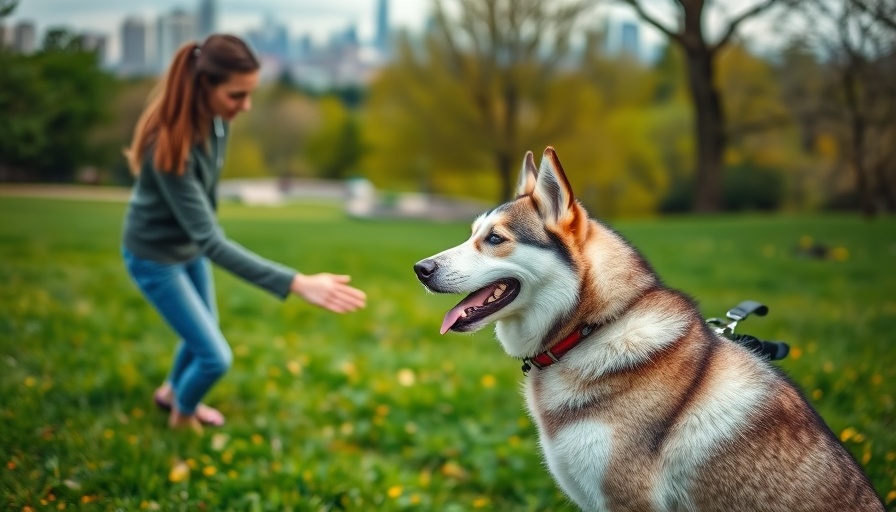
How to Act Fast When Your Cat is in Danger
While our furry friends are incredibly agile, the unfortunate reality is that they can sometimes find themselves in harm's way, particularly on busy streets. If your cat has been hit by a car, it’s essential to remain calm and take immediate action. Time is of the essence! Here’s a practical guide to managing this stressful situation efficiently and effectively.
Steps to Follow After an Accident
The first steps you take can profoundly influence your cat’s chances of recovery. If your cat is involved in a vehicular incident, follow these steps:
- Stay Calm: Your demeanor can affect your pet. Deep breaths will help you focus.
- Assess Your Cat’s Condition: Carefully check for injuries, responsiveness, and breathing patterns. Noticing signs of distress early can be crucial.
- Notify a Veterinary Hospital: Before rushing in, call the nearest vet to inform them you are coming. Provide as much detail as possible, which will enable the medical team to prepare for your arrival.
Understanding the Impact of Injuries
Injuries from car accidents can vary widely. Depending on the severity, cats can recover from even serious incidents. Factors affecting their recovery include the location of impact, speed, and pre-existing health conditions. Early intervention is key, so prompt veterinary care is critical.
Reassure Your Cat
During an emergency, it’s important to keep your cat as calm as possible. Softly speaking or gentle petting can help soothe them. Animals can sense anxiety, so projecting a calm demeanor can ease their stress. Also, consider bringing along a favorite blanket or toy to the vet, as these familiar items can provide additional comfort.
Preventative Measures for the Future
It's crucial to take steps to prevent such accidents from happening in the first place. Here are some tips to help keep your furry friends safe:
- Supervise Outdoor Time: If your cat enjoys exploring outdoors, accompany them to keep an eye on their environment.
- Use a Leash or Harness: For added safety, train your cat to walk on a leash or use a harness.
- Consider a Cat Enclosure: If feasible, a catio (cat patio) can be an excellent way to allow your cat to experience the outdoors safely.
Final Thoughts and Proactive Steps
Experiencing a pet emergency is never easy, but being well-prepared can significantly reduce stress and increase your cat’s chance of a smooth recovery. In the wake of any accident, your prioritization of their health through swift action is vital. To ensure that you are equipped for unexpected situations, keep your vet’s contact information handy and familiarize yourself with first-aid techniques for pets.
Take a moment to review your cat's environment and explore preventative measures to enhance their safety: it might just save a life.
 Add Row
Add Row  Add
Add 




Write A Comment